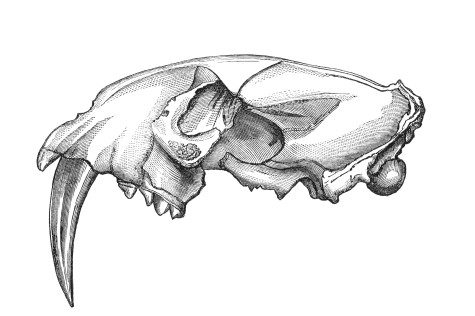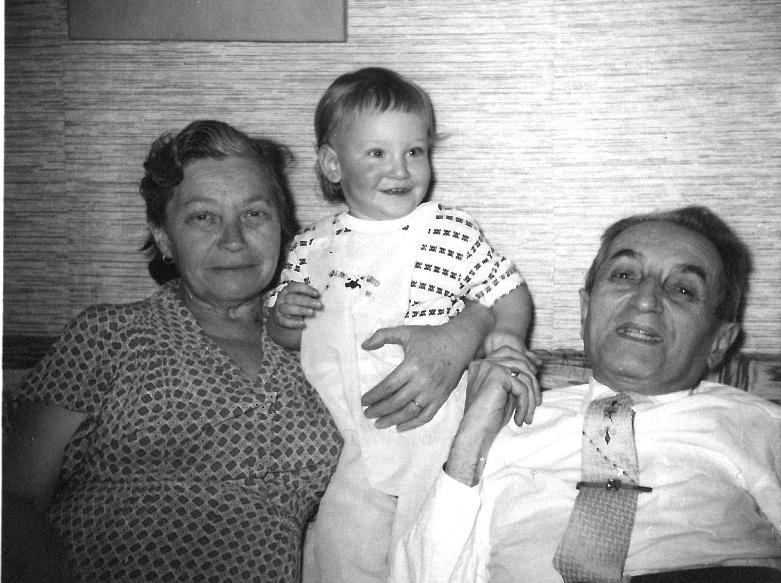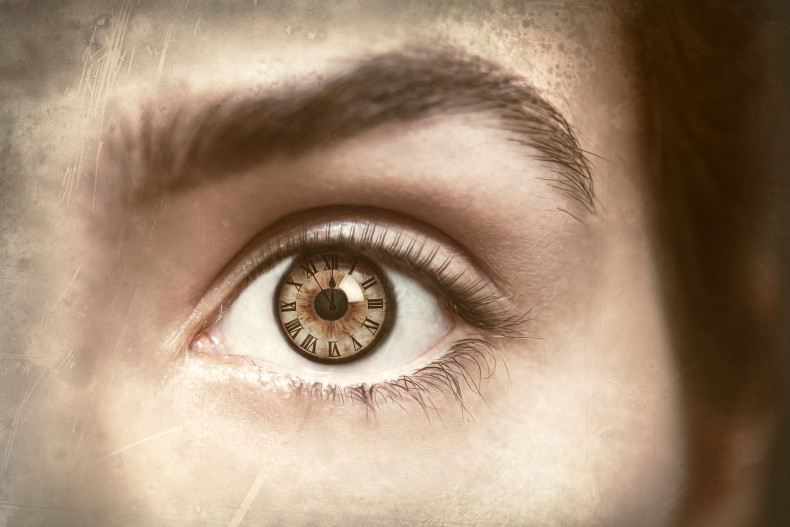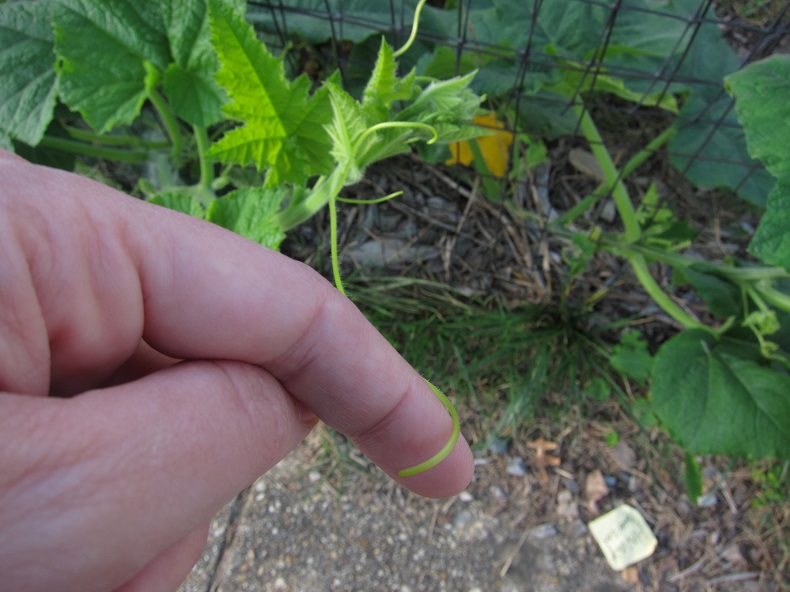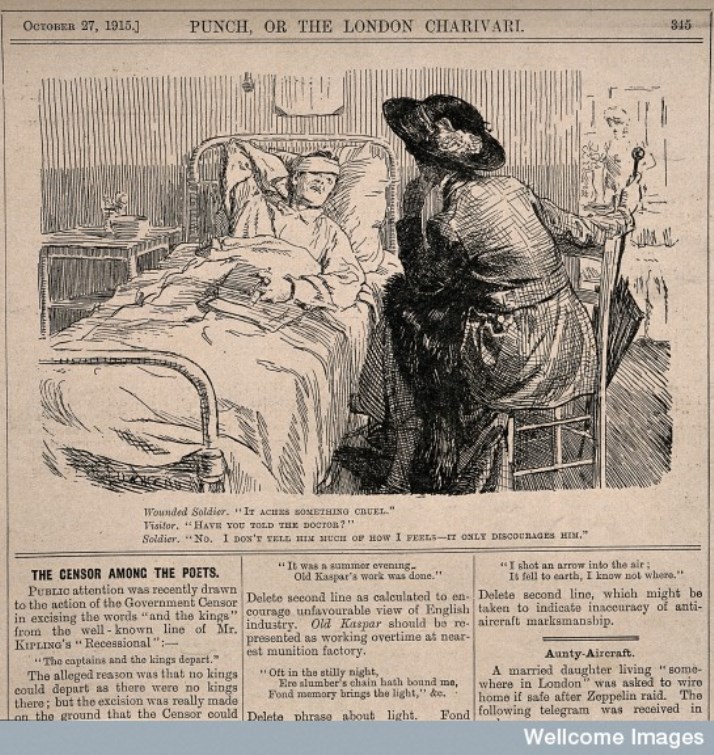 The electronics of the future could be made of a material you leave in your toilet.
The electronics of the future could be made of a material you leave in your toilet.
If you’re up on your electronics of the future, you’ll recall that they were supposed to be made of graphene. Remember graphene? It was supposed to be better than silicon, because it lets electrons go really fast. That’s great, but researchers are still scratching their heads looking for a way to make those fast electrons stop (arguably the more important mechanism in our electronics). But then, last year, researchers discovered that black phosphorous – shaved into a 2-dimensional layer called phosphorene – has both zippy highways and stop lights. Researchers have gotten very excited about this material. It’s been under two years since phosphorene was discovered, but already this paper has been cited in the literature over 400 times. Things are moving fast. Early this year, one of the material’s big remaining problems – the difficulty of making it in bulk – was solved. This wonder material is making fast advances into the real world.
Phosphorus, you say? Isn’t that the stuff that’s in agricultural fertilizer? Why yes, astute reader. Continue reading
